There are a total of 264 eGates situated at 15 air and rail terminals across the UK. These gates utilize facial recognition technology to compare the passenger's facial features with the photos stored in their passports
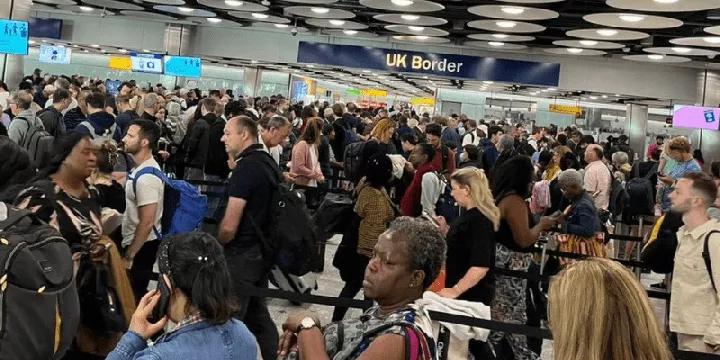
Numerous travellers find themselves stranded in UK airports due to a combination of scheduled maintenance for eGates and air traffic control limitations. This has resulted in flight delays and cancellations, as well as extensive lines at immigration checkpoints.
Passengers at Gatwick Airport have reported on social media that they are enduring lengthy waits as officials manually inspect their passports, as the automated passport-scanning gates were temporarily closed for upgrades. Earlier today, eGates across the country were out of service, although there are reports of some being operational again.
Speaking on this, authorities have indicated that there are a total of 264 eGates situated at 15 air and rail terminals across the UK. These gates utilize facial recognition technology to compare the passenger's facial features with the photos stored in their passports. The operation of these gates is overseen by Border Force officers. If someone is not cleared at a functioning eGate, they are redirected to a staffed passport check for further scrutiny of their identity and passport.
Originally, the automated self-service barriers were designed to reduce queues by accessing data stored in biometric passport chips. However, it is important to note that these microchips can become damaged. Additionally, travellers with passengers under the age of 12 would not benefit from chipped passports, although accompanying passengers aged 12 to 17 can use the gates.
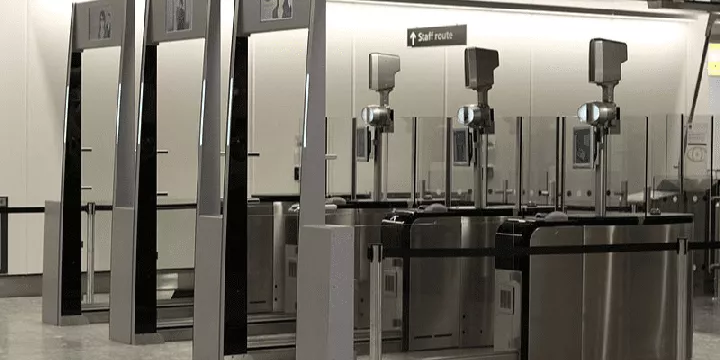
The purpose of these electronic passport gates is to replace manual border checks for low-risk travellers who possess biometric passports. This streamlined process aims to alleviate queues for British citizens, European Union residents, and individuals with chipped passports from countries such as the United States, Australia, Canada, Japan, New Zealand, Singapore, and South Korea.
A social media representative for London Gatwick explained that unforeseen staff absences due to illness and adverse weather conditions had led to temporary air traffic control restrictions. These restrictions have the potential to result in flight delays or cancellations by airlines.
Air Traffic Control professionals might understandably be feeling a bit discouraged, given the recent difficulties a few weeks ago. On August 28, a technical issue at the National Air Traffic Systems (NATS) caused significant disruption in the UK airspace, leading to weeks of flight rescheduling.
Another unidentified traveller shared their experience, noting that Gatwick had not only delayed their outbound flight by three hours but had also called off their return flight. All of this occurred while the eGates were out of service, leaving thousands of passengers waiting.
An eGate malfunction during the May bank holiday weekend earlier this year also led to extensive lines at airports, including Heathrow and Gatwick. A spokesperson from the Home Office stated at that time that this was caused by an undisclosed "IT problem."
Heathrow remains Europe's busiest airport, while the UK's border systems face challenges
In terms of international connectivity, London's Heathrow Airport, which witnesses 4.3 million passengers monthly, holds the title of the busiest airport in Europe. Istanbul Airport comes in as the second busiest with 4.2 million seats, according to Official Airline Guild's monthly aviation data.
The Home Office invested an estimated £311 million ($381.6 million) in developing systems within its Digital Services at the Border, as outlined in a 2020 report by the National Audit Office (NAO). This investment was a crucial component of the UK's strategy to enhance border controls following its decision to exit the EU.
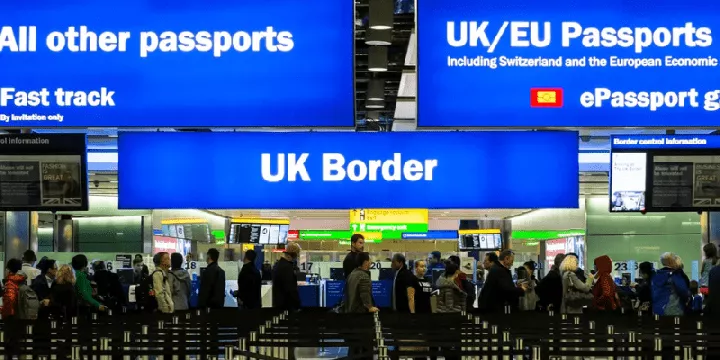
In the past, Vision-Box, the current provider of eGates for the Home Office, expressed concerns about the UK government's ePassport airport gate upgrade program lacking a systems integrator. The Digital Services at the Border initiative aimed to upgrade 298 automated eGates, linking them to new systems designed to enhance UK border security and reduce reliance on outdated data systems.
This upgrade included connecting eGates to Border Crossing, a project that manages records of individuals of interest to border agencies. However, this project faced delays and budgetary challenges.
The Home Office stated that the ePassport Gate rollout to the new platform was completed last year and that they are committed to further improvements to make border operations more efficient and responsive.

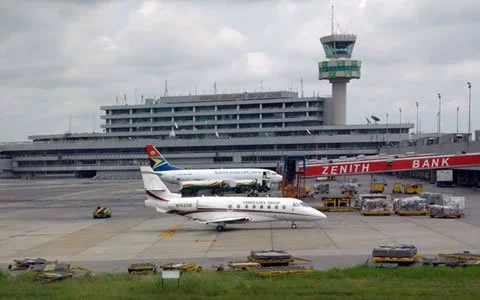



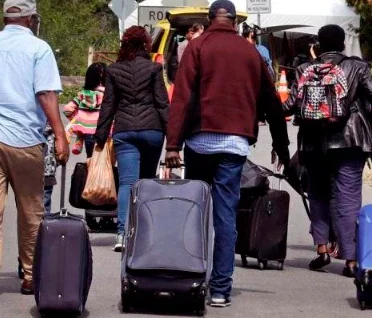










Comments